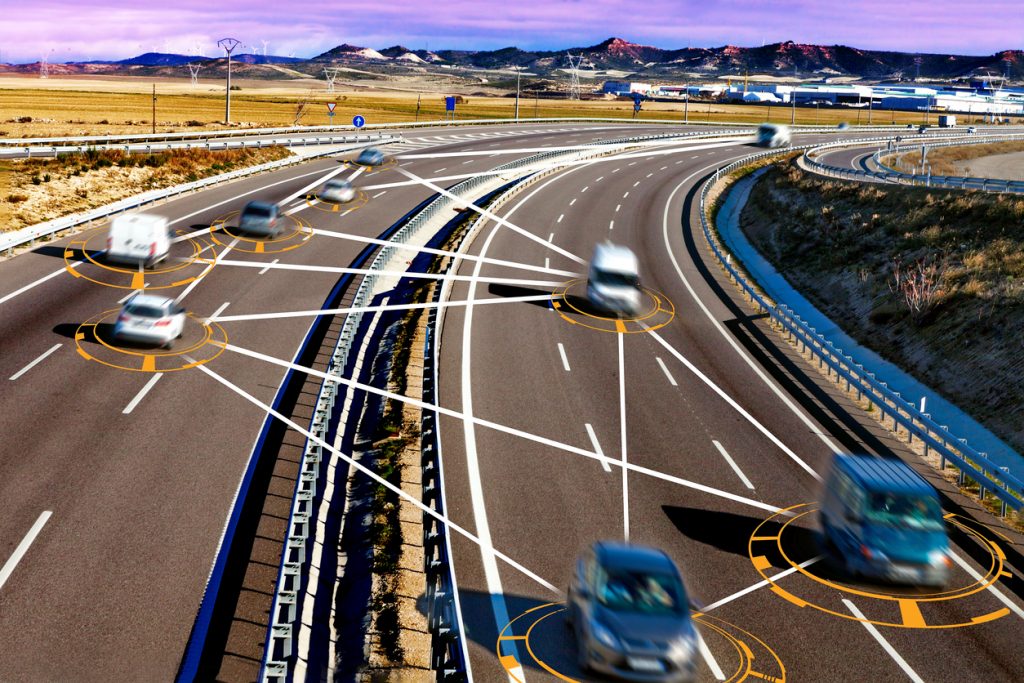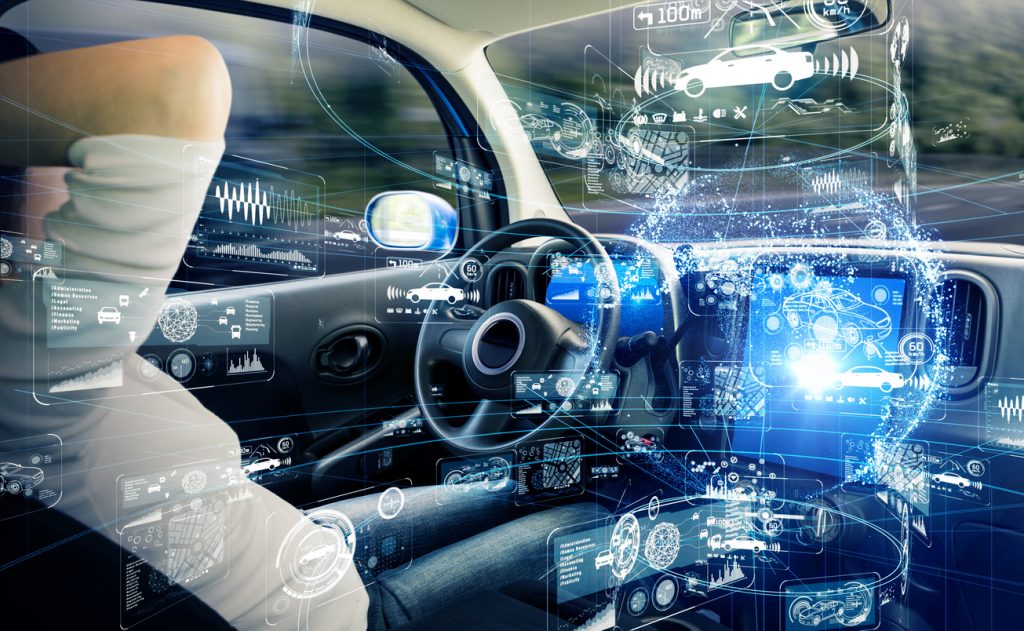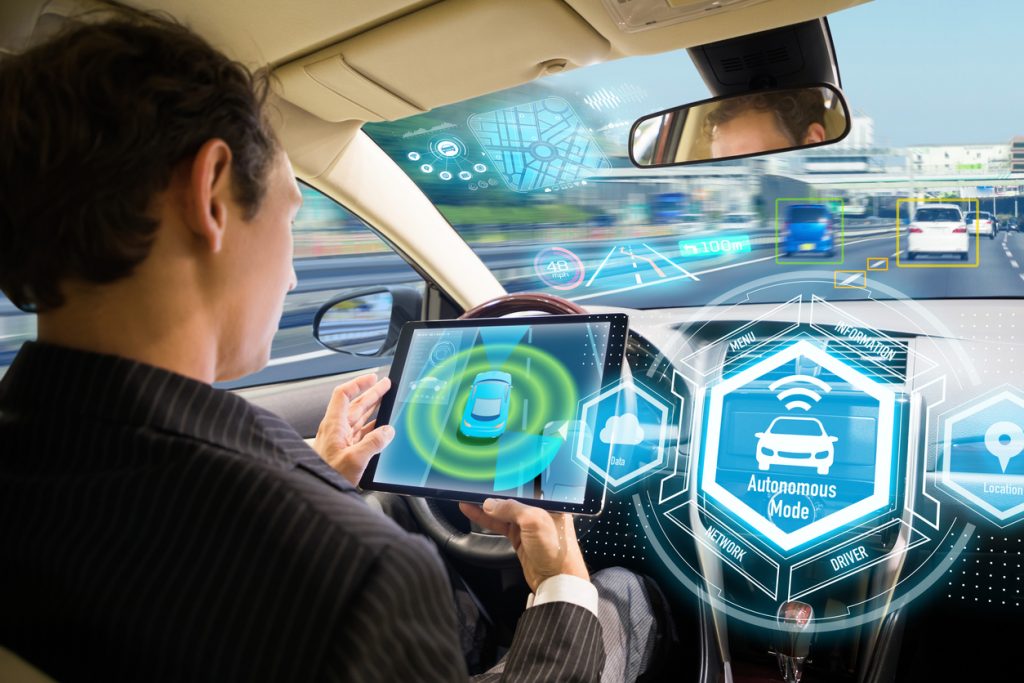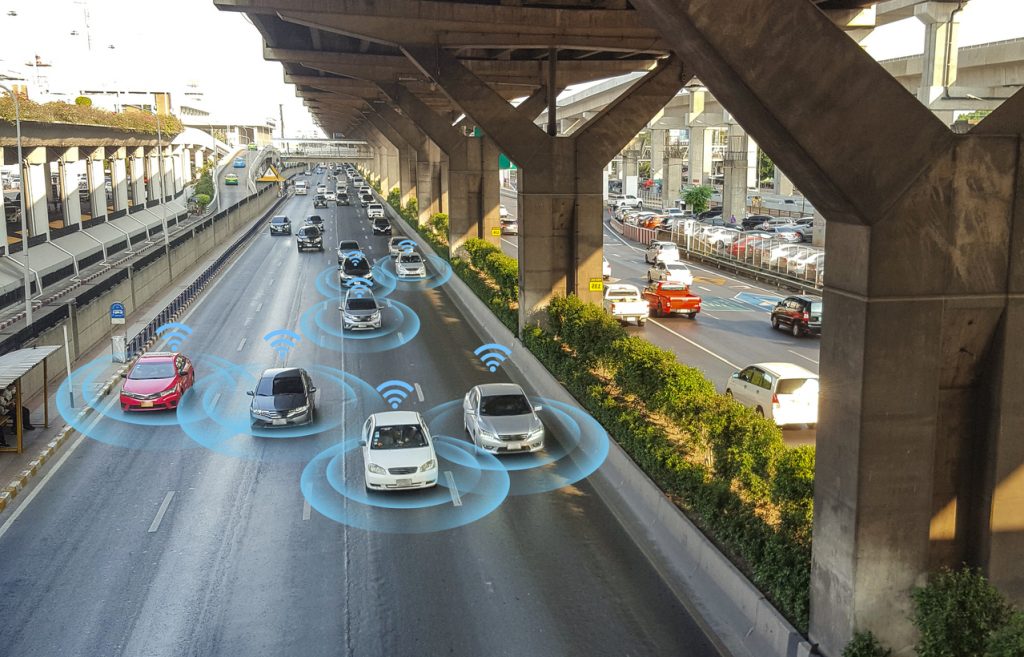Can you imagine sitting in the driver’s seat of a car reading a book or watching videos on YouTube while you cruise along the motorway?Self-driving vehicles are now a technological reality, but they’re subdivided into different levels based on their capacity and the legislation in each country. Let’s talk some more about it…
We’re not talking about the very distant future. From an administrative perspective, the European Parliament has recently made explicit reference to self-driving cars being available from 2030 onwards, and also makes it clear that the concept has several levels that will be implemented progressively.
This is a technological reality thanks to the current systems of sensors, cameras, satellite positioning and other devices that have gradually been integrated into the automotive market.
Autonomous driving is not being held back by technology; the real obstruction is legislative issues arising from the concept of a driverless vehicle.
There are extremely important aspects to be considered such as who is liable (manufacturer or driver) in the event of an accident, data processing, ethical problems that arise from having a robotic driver, coexistence between autonomous and non-autonomous cars, connectivity between different vehicles, free transport for people with reduced mobility, disappearance of the driving licence, etc.

That being said, let’s take a look at the different levels of autonomous driving that currently exist.
Level Zero
This is the starting point on the scale, as it’s nothing more than traditional manually controlled driving. The human is solely responsible for driving and controls everything.
Until a few years ago, it was considered the only possibility, but things have changed. The human factor accounts for 100% of everything that happens while driving.
Level One
This is where technology begins to make things easier for the human factor. Many call it “driver assistance” level.
This includes systems such as cruise control or an involuntary lane change warning system. Control and total responsibility of the car lie in the hands of the human driver.
Level Two
This level is called “partial automation”. Currently, there are cars on the market that include this level of autonomous driving.
Systems are in place that can perform various tasks, but these must always be activated by the driver. Some of these tasks include, for example, the automatic parking system that automatically acts on the pedals and steering wheel, and adaptive cruise control.

Level Three
This level is termed “conditional automation”. There’s a big leap from level two to level three as the vehicle can carry out functions by monitoring the environment so it can make decisions that the driver may miss or not have enough time to react.
The driver is still present behind the steering wheel and must be ready to intervene at any moment.
From 2020 onwards, this level will be implemented and approved in all new cars in several European countries.
Level Four
Here, we see a significant qualitative leap and the level of automation becomes much higher. The driver can safely turn their attention away from the driving tasks, but the driving seat remains predominant in the vehicle and its configuration.
The car can continually interpret the environment and safely take the vehicle’s occupants from point A to point B. The driver only has to choose the destination but can still take control of the car if they want, although it’s almost technically unnecessary to do so.
The vehicle becomes vital, along with the ability for it to communicate with other cars with similar specifications. Level four vehicles are expected to be seen on the road before 2030.

Level Five
With level five, things start to look more like science fiction. No human intervention is required, and we start to see vehicles on the road with no steering wheel or pedals, and the driver disappears completely out of the picture.
The occupants of the vehicle can watch a movie, send a text message or read a book without paying the slightest bit of attention to what’s happening on the road. Guidance commands will be voice-operated or carried out using mobile devices.
According to the European Parliament, this mode of driving in EU legislation will be implemented and recognised from 2030 onwards.







